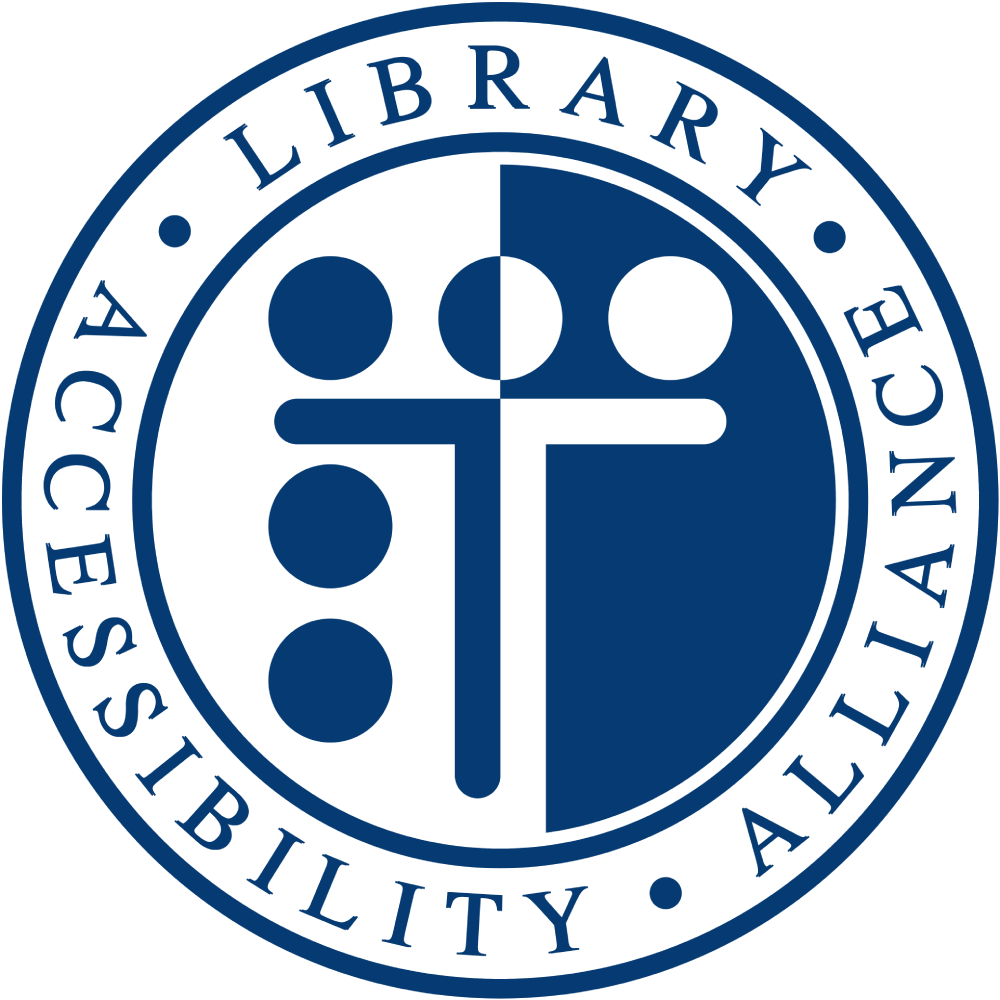***Below is a summary of UARC's accessibility evaluation. For the full report, click the pdf link in the menu on the right.***
MSU Usability/Accessibility Research and Consulting (MSU UARC) conducted a high-level accessibility evaluation of the ProQuest Ebook Central platform to evaluate its conformance with WCAG 2.1 AA Criteria. This evaluation did not include all functionality or content of the site or all WCAG 2.1 AA Success Criteria.
During this evaluation, a number of issues were found that will make the site impossible to use for many individuals with disabilities, and difficult to use for many others.
Critically, the "Accessibility Mode" of the Read Online page removes functionality and content and is not fully accessible to users with disabilities, and therefore does not meet the requirements of an alternate conforming version.
Keyboard users, including screen reader users and users with dexterity impairments, will find it difficult or impossible to access or use some content. Some content cannot be reached or operated via keyboard, making it impossible to use for those that rely on keyboard access. Some interactive elements lack a sufficiently visible focus indicator, making it difficult for many keyboard-only users to effectively use them, as they cannot determine when they have reached the correct element. Some content unexpectedly changes when keyboard focus shifts and focus order is incorrect in some places, increasing the difficulty of using the site with a keyboard.
Individuals who rely on screen readers, including many users with visual, reading, and language impairments, will have problems using the site. Some content is not read out correctly and structural information (including headings and lists) is not appropriately conveyed to users, making it difficult or impossible to understand content and organization in places. Some form inputs are not appropriately labeled, making those inputs difficult to use for those that rely on screen readers. Some custom elements do not correctly announce themselves to screen readers, making them difficult to understand and use. Some images have inappropriate alternative text, significantly impacting users with visual impairments.
Headings in the PDF have not been tagged, making it difficult to use and navigate for users with disabilities. Additionally, no title or language is provided to assistive technologies and images in the PDF lack alternative text.
Other issues were found that will make it difficult for users with a variety of disabilities to effectively use the system, insufficient color contrast, use of color alone to distinguish content, images of text being used instead of styled text, content and functionality being removed when the viewport or text size is changed, and inappropriate page titles.
To improve access for users with disabilities, MSU UARC recommends a full WCAG 2.1 AA evaluation and that the problems discovered be remediated.
 Library Accessibility Alliance
Library Accessibility Alliance